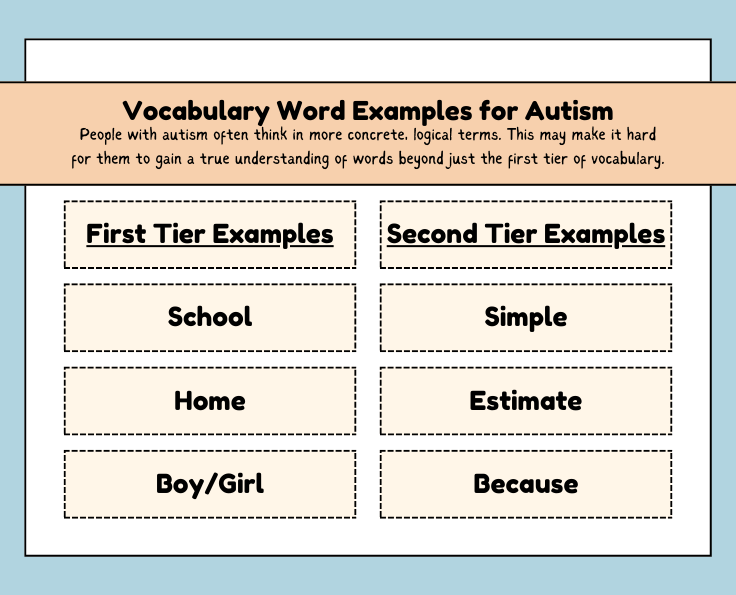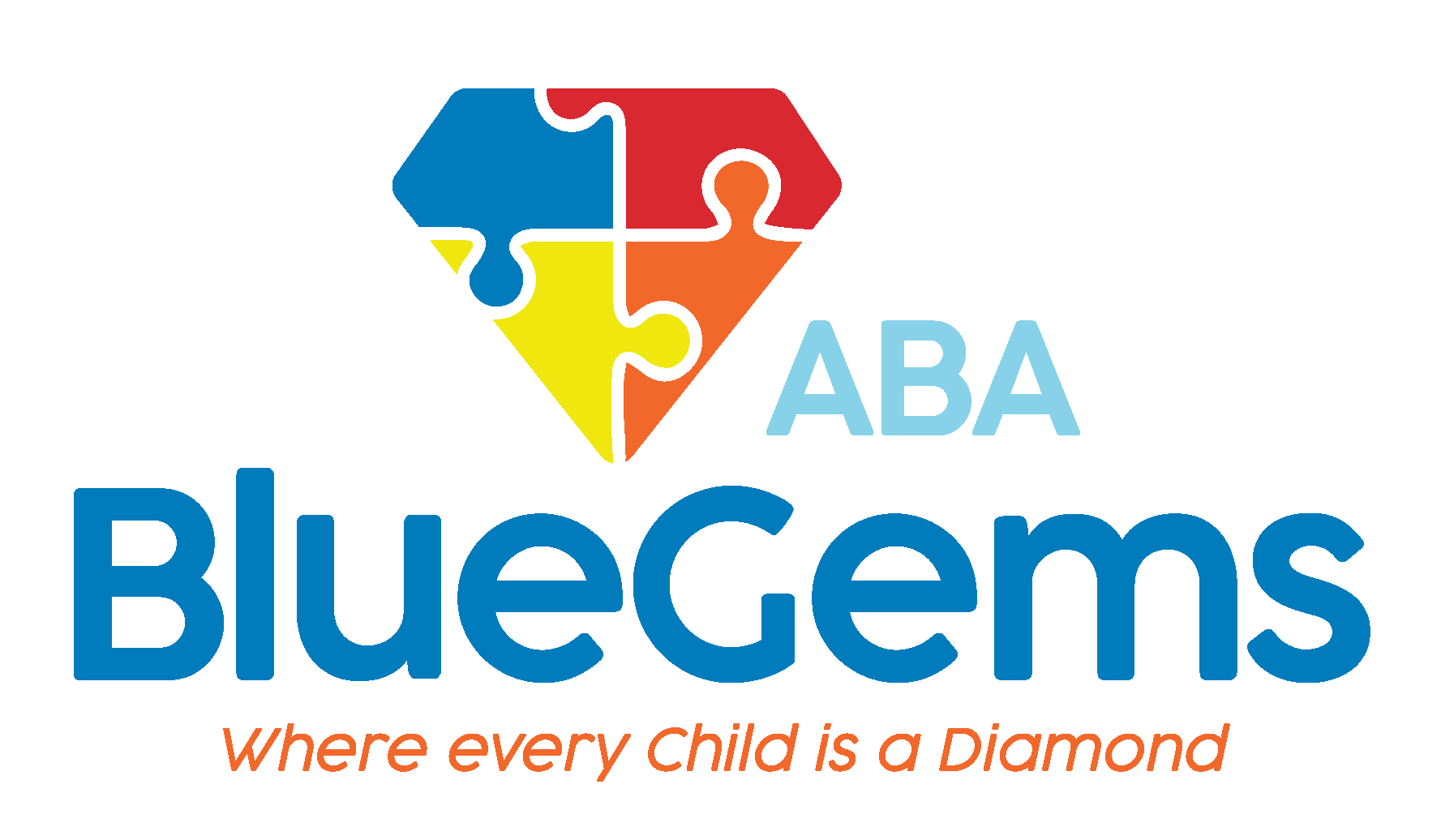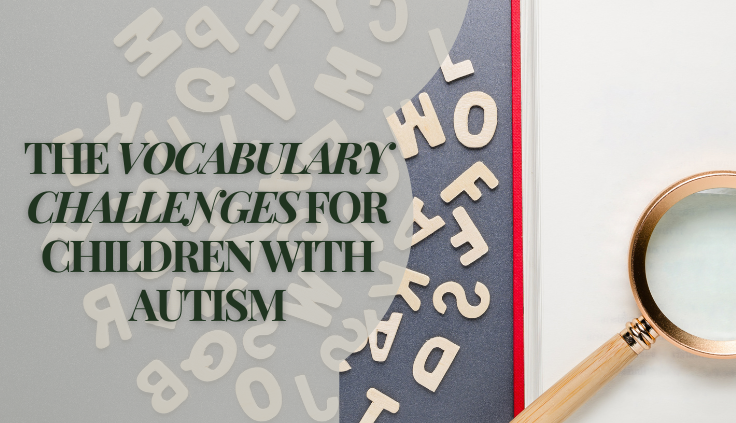The Vocabulary Challenges for Children with Autism
There are many different ways in which autism can affect a child. This wide range of symptoms and effects, in fact, is why it’s today referred to as autism spectrum disorder (ASD).
That being said, autism is diagnosed by the presence of social and communication deficits, as well as the presence of restrictive interests and/or repetitive behaviors. Children who are on the autism spectrum also commonly struggle with sensory sensitivities, which can include problems with loud sounds, strong odors and bright lights, for instance.
Building a child’s vocabulary is essential as they grow older, as it is the basis for spoken and written communication. Unfortunately, children who have autism may struggle to build a wide vocabulary due to the language learning deficits they face.
Below, we’ll discuss the vocabulary challenges for children with autism and some strategies for overcoming this, which includes applied behavioral analysis, or ABA therapy.
Learn more about the communication struggle of children with autism
Table Of Contents
Why Do Children with Autism Face Vocabulary Challenges?
Children with autism may struggle with vocabulary for a variety of reasons.
First, autism is a neurodevelopmental disorder that can affect the way children learn and process information. This presents an immediate roadblock to building skills such as understanding the meaning of words.
Second, they often think in more concrete, logical terms. This may make it hard for them to gain a true understanding of words beyond just the first tier of vocabulary.
First-tier words typically have a reference to physical, concrete objects. This includes things such as block, school, home, boy and girl, mom and dad.
Second-tier words are used just as often in typical daily language as first-tier words are, but they enhance the meaning of things through descriptors. They can include words such as simple, estimate and because.
It’s in this second tier that children with autism may begin to struggle to comprehend. Since they may not be able to make a direct connection to a physical thing, children with ASD may not be able to as easily and quickly grasp the meaning of these words.
These words are used so frequently in everyday communication that they are essential to understand. But, how can this skill be taught to children with autism?

How Does ABA Therapy Build Vocabulary Skills?
There are many strategies that ABA therapy uses to teach communication strategies. Specifically as it relates to vocabulary, ABA therapy integrates what’s known as FCT, or Functional Communication Training.
The basis of FCT is using DR, or differential reinforcement, which addresses any problem behaviors the child might be exhibiting while also motivating them to expand their communication skills so that they can properly and effectively express what they want and/or need.
Overall, FCT can help a child build their vocabulary while also developing their ability to use language that’s more complex.
The approach here is to teach children with autism in a way that’s very natural. As such, FCT will start by teaching patients how to communicate requests about objects that they already like or prefer. If they want a doll they love to play with, the ABA therapist will simply teach them new and more complex ways to request that they play with it.
As the child learns and masters new vocabulary, they step up to a higher level, as the therapist continues to push them to achieve and learn even more.
A great part about FCT is it focuses on overall communication, not just the spoken word. Since non-verbal communication such as gestures, sign language and stares are essential to overall communication, ABA therapy integrates that into the treatment plan.
How Can Parents Help Children with Autism Build Their Vocabulary?
Outside of ABA therapy sessions and any school environment, parents can also help their children with autism build vocabulary and language skills at home.
There are many different ways that you can do this, some of which apply to all children, regardless of their neurological abilities. This includes reading out loud often; engaging in conversation with your child often and with specific intention; giving full attention to your child when they try to communicate with you; use language labels around your house where possible and feasible; and use language that’s positive more than language that’s negative.
A big part of building vocabulary skills is exposure to more complex words and communication. While children with autism may face more challenges building these skills than their neurotypical peers, it’s a skill they can certainly build over time with the right guidance and support.
Help Your Child with Autism Build Vocabulary Skills with Blue Gems ABA
Vocabulary is just one communication challenge that many children on the autism spectrum face. While their neurodevelopmental disorder can affect the way they learn and communicate, they can build appropriate skills over time with the right help.
At Blue Gems ABA, we are dedicated to helping children with autism build their vocabulary skills so they can improve their overall communication. We do this by administering ABA therapy on a one-to-one basis.
Using positive reinforcement, repetition, FCT and many other strategies, we help children build the communication, social and daily life skills with which they typically struggle.
To learn more, please contact us today.




